Free Shipping within USA
Free Shipping within USA
February 24, 2017
Polar bears live on the ice covered seas of the Arctic and are specially adapted to survive in the extreme conditions there. Winter temperatures can drop to -50 F! They have a lot of interesting features that help them thrive in this harsh wilderness of ice.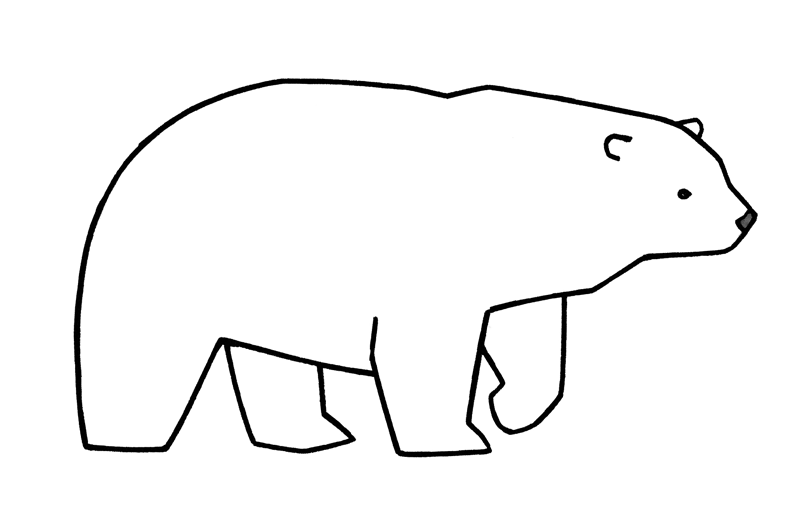
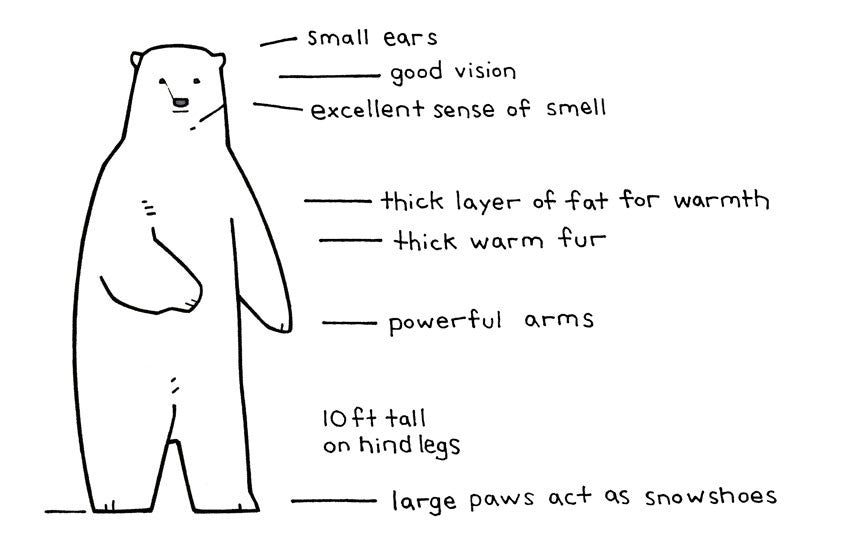
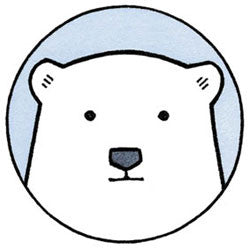
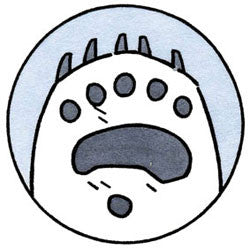
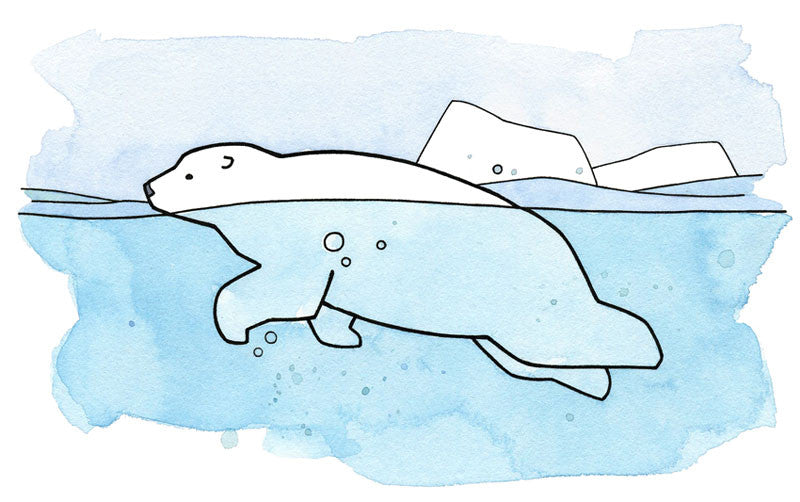
Polar bears are excellent swimmers. With powerful arms and shoulders and a streamlined shape they can swim great distances and are quite at home in the water.
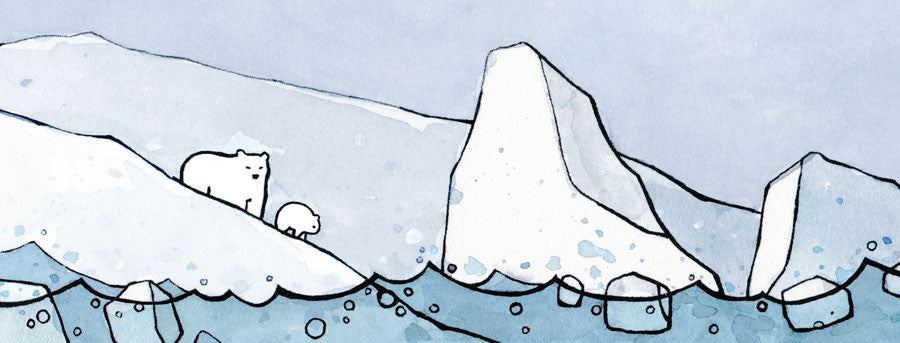
Polar bear cubs are born in the Winter months, November through January. They are born in snow dens. The mother digs the den in October and then hibernates. Often two cubs are born, but the size of a litter can range from 1 to 3 cubs. Polar bear cubs weigh around 1 pound at birth.
Cubs and mother emerge from their den in the Spring. The cubs stay with their mother about 2 years, sometimes into a third year, while she teaches them how to hunt, swim, dig, find shelter, and all the other important skills necessary to survive.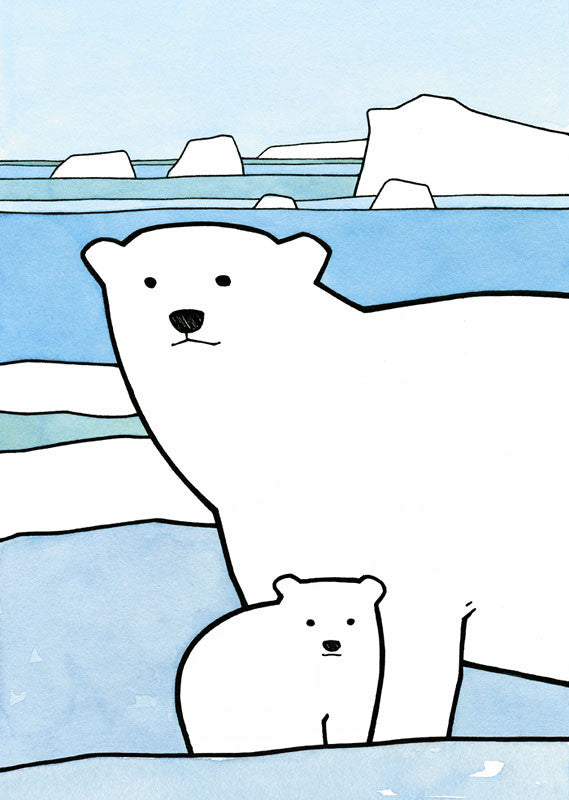
Polar bears are so protected from the cold that they can easily overheat. It takes a lot of energy for them to move fast so they usually amble along in a distinctive, easy pace. They can sprint up to 40 mph for short periods of time.
They prefer to ambush their prey from a still position, which is most often seals. They commonly hunt for seals by waiting by breathing holes in the sea ice.
Polar bears of the most carnivorous of the bears. They mostly rely on seal blubber. They also eat kelp, grasses, belugas, walruses, carrion (such as beached whales), lemmings, eggs, and will scavenge for garbage if nearby towns.
Unlike other bears, polar bears do not hibernate - they hunt year round (with the exception of pregnant females).
Sources
Alaska Wilderness League
North American Bear Center
Polar Bears International
National Wildlife Federation
National Geographic News
Great Bear Almanac by Gary Brown
Read More Illustrated Animal Facts
Polar Bear art prints and cards in the shop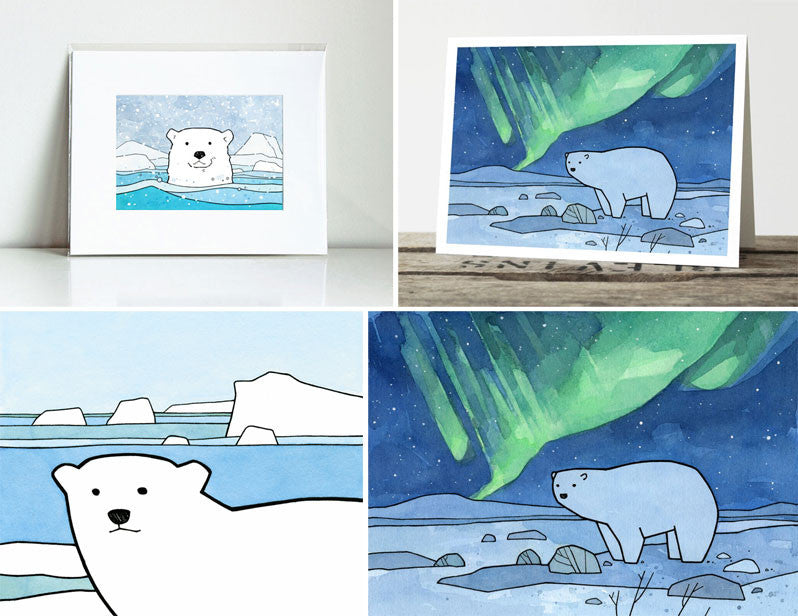
Save
October 10, 2016
Weasels are small mammals with long slender bodies and necks, short legs, a small head, sharp teeth and claws. They have keen senses and are quick, agile, skilled hunters.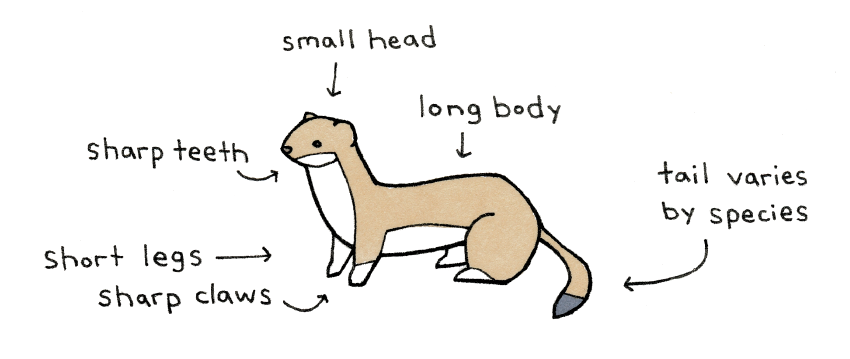
Their small size and body shape allow them to follow mice and other prey right into their burrows.
Weasels are one of the few animals that will kill more than it can eat. It will store the extra in burrows and will eat this excess if it can't find fresh food.
The weasel's body shape is efficient for hunting, but isn't the best for conserving energy or staying warm, which is why they will always kill prey if able (even if they just ate). Their metabolism is so high they can eat up to a 1/3 of their body weight in a day.
Weasels mostly eat mice and other small rodents, but will also eat eggs, berries, birds, and animals much larger than themselves like rabbits.

From left to right: Least weasel, Long-tailed weasel, and Short-tailed weasel
These are the three weasel species that live in North America (they are found on other continents as well).
Least Weasel
The smallest weasel. Brown above, white underneath, Short all brown tail
Size: About 6-9 inches (males larger than females)
Range: Throughout much of the northern hemisphere: North America, Europe, and Asia
Short-tailed Weasel
Also called a Stoat or Ermine. Brown with white underneath / white feet. Black tip on tail.
Size: About 7-12 inches (males roughly twice the size of females)
Range: Northern hemisphere in North America, Europe, North Africa, and Asia
Long-tailed Weasel
Brown with white or tan underneath. Long tail with black tip.
Size: About 11-16 inches (males larger than females)
Range: Americas: from southern Canada, US, and Mexico through Central America into parts of northern South America.
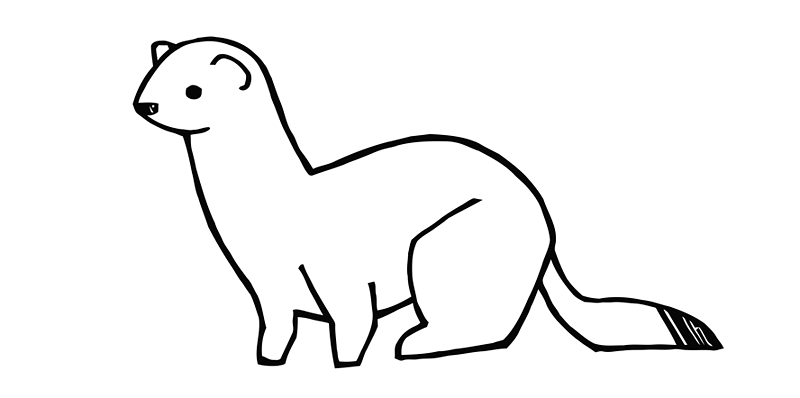
All North American weasels turn white in northern ranges. The white Winter coat helps them camouflage in the snow from both prey and predators. Weasels in the southern ranges stay brown all year long.
The change is color is triggered by length of day (not temperature).
The short-tailed and long-tailed weasels keep the black tip on their tail during the Winter. It can help them distract and escape from predators. Hawks and other predators will focus on and try to grab the black tip, making it easier for the weasel to get away.
Weasels don't hibernate, they will hunt above and under the snow during the Winter.
Above: Ermine / Short-tailed weasel has a brown coat in the spring, summer, and fall. It turns white in the winter (tail tip stays black).
Baby weasels are called kits or kittens.
Weasels stomp their feet when annoyed. (Skunks do the same as a warning before spraying.)
Weasels exhibit a behavior known by some as the "weasel war dance". They excitedly dash around, flop, and jump about. It's not exactly clear why they do this. They could be distracting their prey until they are close enough, or maybe they are just really excited.
The weasel family (Mustelids) are a large and diverse group that includes over 50 species. It includes otters, minks, pine martens, fishers, wolverines, ferrets, polecats, and badgers. It formerly included skunks, but new testing puts them in their own separate family. Although mongooses have a similar body shape they are not closely related to weasels.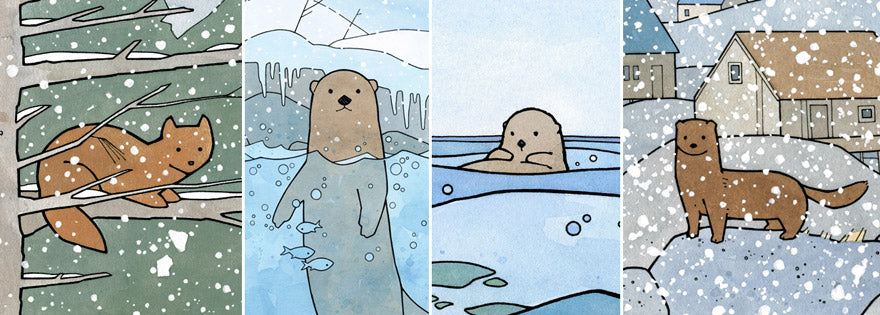
September 16, 2016
Narwhals are a type of whale, most closely related to belugas. They live in the Arctic by the ice cap and sea ice, and are one of the few whale species that live year round there. You are probably already aware of their unique feature, a single spiraled tusk that sticks out of the front of their head (like a unicorn!). Narwhals are a bit of a mystery to us - they spend most of their time under sea ice, making them a little hard to study and observe.
Below are some fun narwhal facts (for kids or you kids at heart!) illustrated with some of my drawings and doodles.
Top image: 3 narwhals swimming under sea ice in the Arctic. Watercolor and India Ink.
The word Narwhal has its origins in Old Norse and Scandinavian languages. The Old Norse word nāhvalr is translated as corpse whale, named because the coloring of narwhals reminded sailors of a drowned body. Creepy!
The Inuit word for Narwhal is a little more poetic; Qilalugaq gernertaq is translated as “the one point to the sky". Named for the behavior of pointing their tusks towards the sky as they come up for air at holes in the polar ice pack.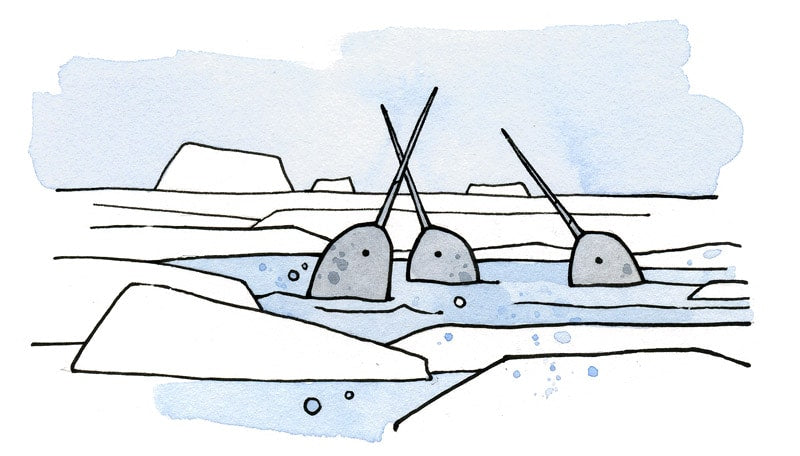
Their scientific name, Monodon monceros, is Greek in origin. It means one-tooth one-horn (unicorn).
Narwhals change colors as they age. Babies are a blueish grey. Juveniles are a darker blueish black. As they become adults their skin changes to a blotchy gray. As they age they become lighter and older narwhals are almost completely white.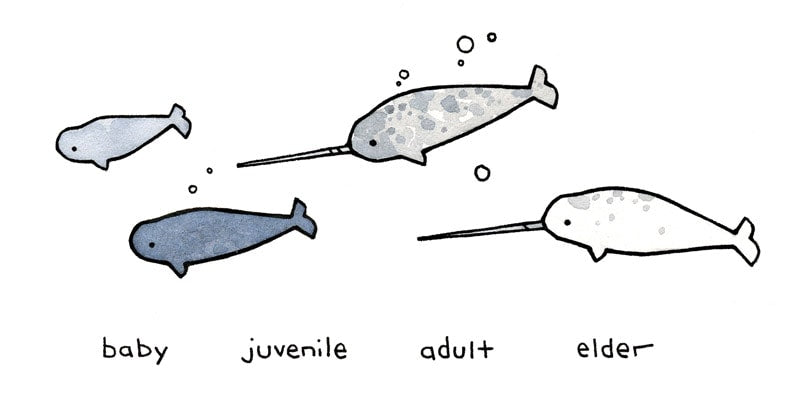
Narwhals can live to around 50 years old.
Narwhals live in pods, usually a group of 20 or less narwhals. However during summer migration these pods come together and form "super pods" which can contain hundreds or even over a thousand narwhals.
Narwhals eat shrimp, squid, and fish such as halibut and cod.
Narwhals are very vocal, they communicate with clicks, squeals, and other noises - similar to dolphins.
The Narwhal's tusk is actually a tooth that grows out of the jaw and through the upper lip. It grows in a spiral and can reach almost 9 feet.
Male narwhals have tusks. The occasional female will have a tusk, but most don't.
Occasionally a male narwhal will have 2 tusks.
Whats are the narwhal's tusk for? It's a bit of a mystery, but it is probably used to attract mates and possibly to sometimes to fight over mates. The tusk also contains nerve endings which can help the narwhal sense things about its surroundings. The narwhal's tusk probably has multiple purposes.
Sources: World Wildlife Fund, WWF Canada, Encyclopedia of Life, National Marine Mammal Labratory - NOAA, Encyclopedia Britannica, The American Society of Mammalogists, Merriam-Webster
Read More Illustrated Animal Facts
--------------------------------------------------------------------------
In the Shop

